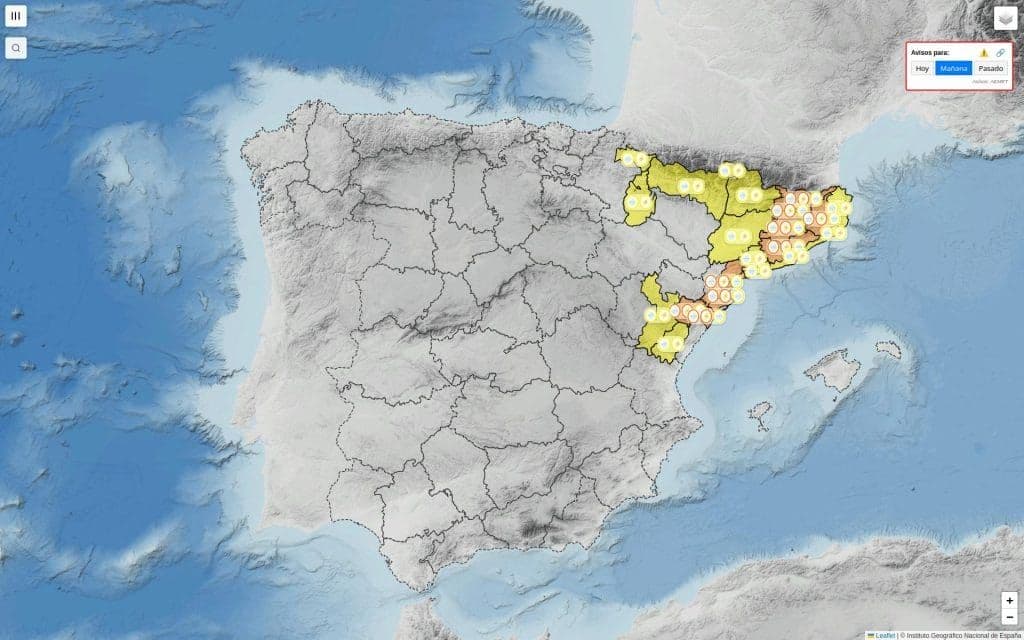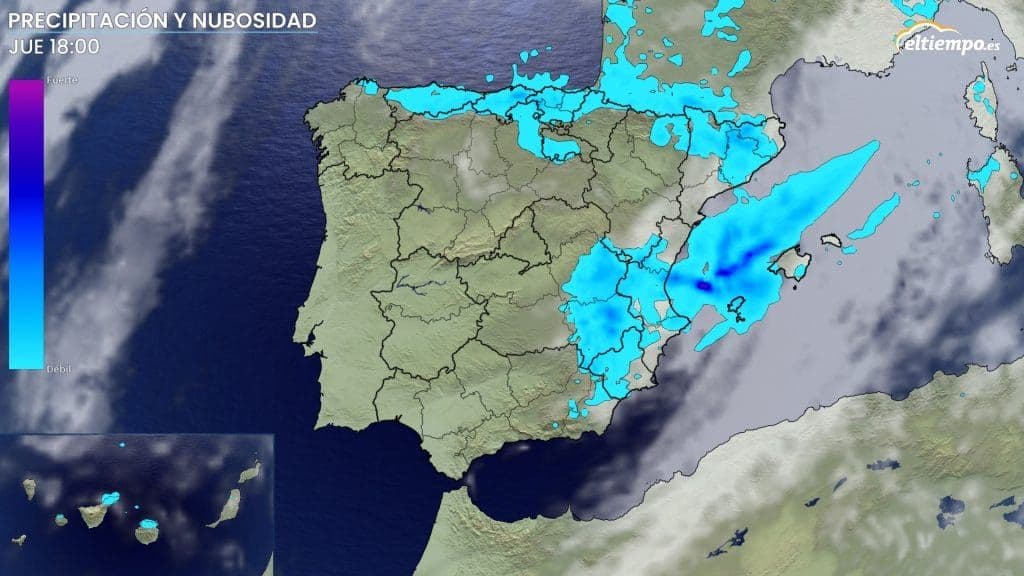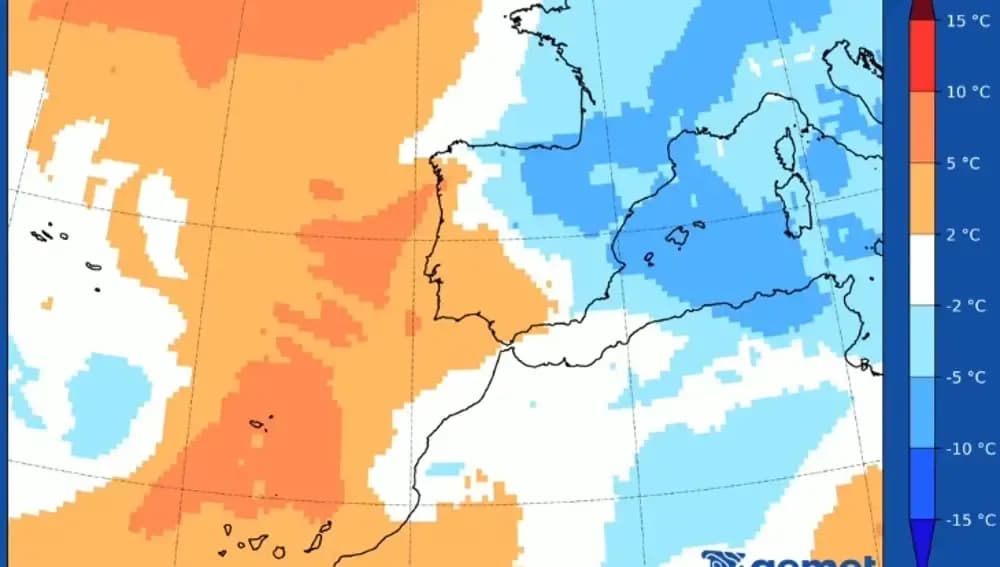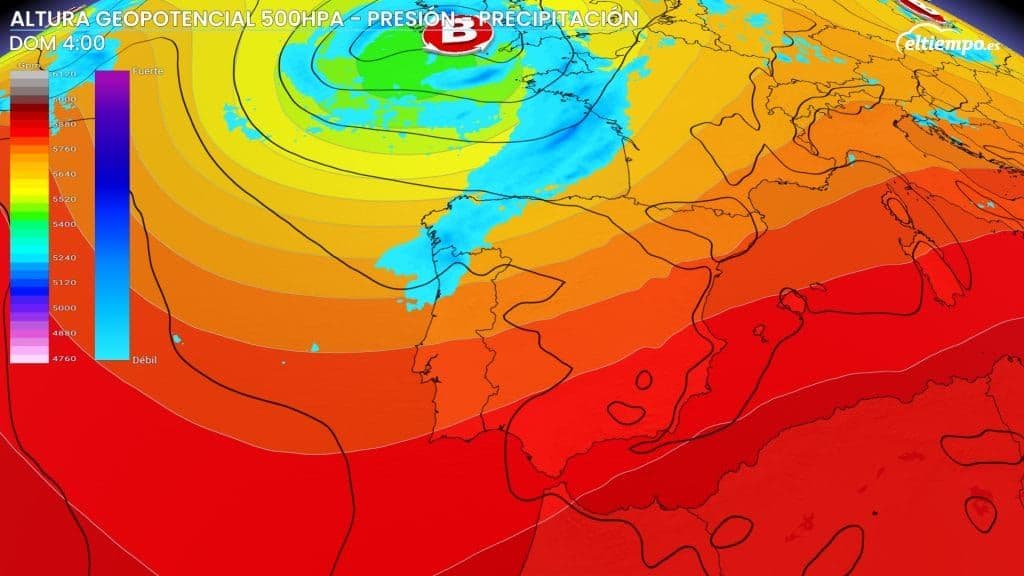July's Temperamental Turn: Navigating Spain's Unexpected Mediterranean Downpour
Unexpected mid-July storms transform Spain's Mediterranean coast. Discover regional impacts, how communities adapt, and the broader implications of summer's wild weather turn.

The Mediterranean's Mid-Summer Surprise
July, typically synonymous with scorching sun and endless beach days across Spain's coast, is about to witness a startling shift. Forecasters are pointing to an incoming "trough" – a meteorological term for an elongated region of relatively low atmospheric pressure – that’s poised to unleash a significant and unseasonal storm system. This isn't just a passing shower; meteorologists predict intense rainfall and thunderstorms, particularly impacting , the , and the . Imagine the surprise for holidaymakers and locals alike, as the usual azure skies give way to ominous clouds. This event, expected to unfold between Wednesday and Friday, promises to deliver exceptional downpours, with some areas bracing for more than 40 mm of rain in just one hour, and total accumulations potentially soaring past 80 mm over the entire episode. Such figures are highly unusual for mid-summer, prompting immediate yellow and orange weather alerts across the affected regions. It’s a stark reminder that even the most predictable climates can throw an unexpected curveball.

Torrential Tides: Pinpointing the Impact Zones
As the atmospheric trough deepens, specific areas along the Mediterranean are bracing for the brunt of this unseasonal deluge. stands as one of the first regions to feel the storm's force, with strong rains and thunderstorms expected as early as Wednesday. Yellow alerts are already active, warning of 15-30 mm of rain per hour and the possibility of hail. The situation intensifies for the depression, its pre-Pyrenean areas, and the coastal strip of and , along with , where orange alerts signal over 40 mm per hour. The central coast of could experience particularly intense downpours through Thursday morning. Meanwhile, the will see its share of instability, starting with on Wednesday under an orange alert for 40 mm per hour and hail, before the heavier rains spread to the rest of the region on Thursday, especially along the coasts of and . By Thursday afternoon, thunderstorms are set to develop inland, impacting and . The join the fray by Thursday dawn, with strong rains hitting northern , , and , carrying yellow alerts for 25-30 mm per hour. While Friday should bring some relief, pockets of instability, especially in northern and the ( and ), might see persistent, heavier accumulations before the system finally dissipates.
From Sunbathers to Storm Shelters: Life Under the Unexpected Deluge
The sudden shift from idyllic summer days to severe storm conditions is set to dramatically disrupt daily life across Mediterranean hubs. For residents and the throngs of tourists drawn to the region's famed beaches in July, the immediate impact will be palpable. Beachgoers, once basking under the sun, will be forced to seek shelter, their holiday plans abruptly curtailed. The sheer volume of rain – 40 mm in an hour or over 80 mm in total – poses significant risks, particularly in urban and coastal areas. Flash floods become a real concern, with streets rapidly turning into rivers, overwhelming drainage systems, and potentially leading to localized power outages or transport disruptions. Roads could become impassable, and outdoor activities, from al fresco dining to marine excursions, will grind to a halt. Local businesses, heavily reliant on summer tourism, face unexpected closures and a sudden drop in footfall. Beyond the immediate inconvenience, such intense downpours can also cause environmental strain, washing sediment into the sea and impacting coastal ecosystems. This unseasonal event transforms the typical carefree summer atmosphere into one of caution and adaptation, highlighting the vulnerability of even well-prepared regions to extreme weather.
Forecasting the Future: Navigating a Changing Climate Landscape
This July storm, while a specific meteorological event driven by a "trough," offers a compelling case study in the broader narrative of our evolving climate. The very notion of such intense, unseasonable downpours hitting the in peak summer raises pertinent questions about the increasing frequency and severity of extreme weather phenomena. Are these isolated incidents, or symptoms of a larger, systemic shift in global weather patterns? While one event doesn't define a trend, it certainly underscores the growing unpredictability that communities worldwide are beginning to face. In this context, the role of accurate and timely forecasting, as demonstrated by the detailed warnings from , becomes absolutely critical. Precise meteorological models and the ability to disseminate real-time alerts (yellow and orange, in this case) are not just conveniences; they are vital tools for public safety and preparedness. Understanding the nuances of these changing patterns – whether it's a shift in typical storm tracks or an increase in atmospheric moisture leading to heavier rainfall – is paramount for scientists and policymakers alike, as they work to anticipate and mitigate the impacts of a more temperamental climate.
Staying Ahead of the Storm: Practical Wisdom for Uncertain Skies
In the face of increasingly unpredictable weather events like this Mediterranean summer storm, proactive preparedness is no longer a luxury but a necessity. For both residents and visitors, the first and most crucial step is to stay informed. Heeding official weather alerts – whether they are yellow warnings for potential hazards or orange alerts indicating significant risk – can make all the difference. Modern technology, such as dedicated weather apps, provides immediate access to real-time updates, allowing individuals to configure personalized alerts and adjust their plans accordingly. Beyond personal vigilance, communities must also bolster their infrastructure to withstand such intense downpours, ensuring drainage systems are efficient and emergency services are ready to respond. For those caught in the midst of a storm, common-sense measures prevail: avoid low-lying areas prone to flooding, do not drive through flooded roads, and seek sturdy shelter. This recent event serves as a valuable reminder that while we can't control the weather, we can certainly control our readiness. Embracing a culture of awareness and preparedness empowers us to navigate these uncertain skies with greater confidence and resilience, safeguarding both lives and livelihoods.
Related Articles

Spain's Summer Plot Twist: How Rains Are Rewriting July's Narrative

Spain's Summer Plot Twist: How Rains Are Rewriting July's Narrative

The Unseen Hand: How Atmospheric Troughs Sculpt Spain's Unpredictable Summers

The Unseen Hand: How Atmospheric Troughs Sculpt Spain's Unpredictable Summers

The Iberian Weather Paradox: Navigating Spain's Temperamental Summer

The Iberian Weather Paradox: Navigating Spain's Temperamental Summer

The Daily Dial: Decoding the Earth's Shifting Moods in Your Local Forecast
